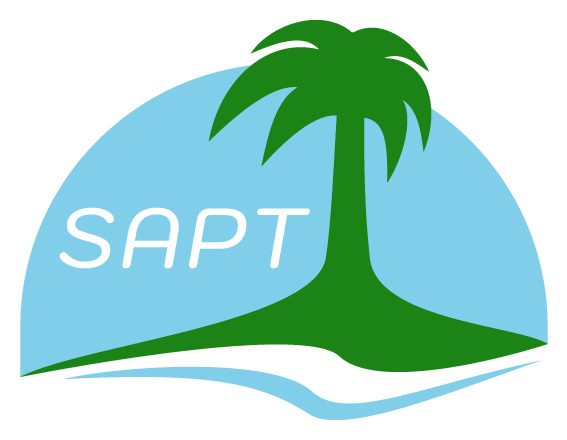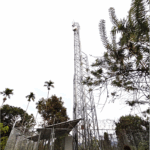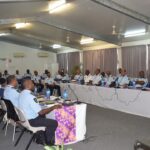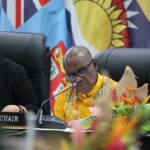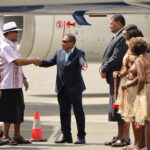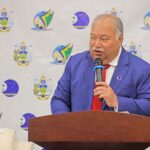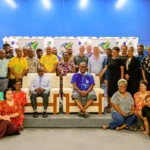THE World Health Organization South-East Asia Region today complimented member countries for scaling up childhood immunization coverage to pre-pandemic levels and called for continued intensified efforts with a focus on reaching the 2.3 million un-vaccinated and 650 000 partially vaccinated children.
“Every child deserves to be protected against life threatening diseases with routine immunization vaccines. The momentum build with impressive efforts and immunization service recoveries must continue to benefit every child for a healthy and productive life,” said Dr Poonam Khetrapal Singh, Regional Director WHO South-East Asia.
The WHO and UNICEF estimates of national immunization coverage for 2022, released earlier today, show that in WHO South-East Asia Region the coverage rate for DPT3, third dose of diphtheria, pertussis and tetanus vaccines which is used globally to assess vaccination rates, recovered to pre-pandemic 91%, a sharp increase from 82% recorded in 2021. The Region has also shown a 6% improvement in coverage of the measles containing vaccine in 2022 compared to 2021, moving from 86% to 92%.
The number of zero dose children i.e. those that have not received even the first dose of DPT vaccine halved from 4.6 million in 2021 to 2.3 million in 2022. Similarly, the number of partially vaccinated children, those that had received at least one dose of DPT vaccine but did not complete the primary series of 3 doses, reduced from 1.3 million in 2021 to 650 000 in 2022 – a 50% decline.
The Region had the best immunization recoveries among all WHO Regions which can be majorly attributed to efforts being made by India and Indonesia, the Regional Director said.
India recorded 93% DPT3 coverage in 2022, surpassing pre-pandemic all time high of 91% in 2019, and a rapid increase from 85% recorded in 2021.
Indonesia’s DPT3 coverage recovered to 85%, the same as in 2019, but the country recorded one of the sharpest recoveries from 67% in 2021.
Bhutan with 98% and Maldives with 99% DPT3 coverage surpassed their pre-pandemic immunization rates.
Bangladesh with 98% and Thailand with 97% have demonstrated consistency in routine immunization coverage throughout the COVID-19 pandemic and beyond.
“While we draw lessons from the pandemic to strengthen capacities to respond to future health emergencies, we must learn from countries which maintained their immunization rates even while responding to a pandemic,” Dr Khetrapal Singh said.
Sri Lanka with 98% coverage, Nepal with 90% and Timor-Leste with 86% are closer to pre-pandemic coverage of 99%, 93% and 90% respectively. Myanmar with 71% DPT3 coverage in 2022, is far from pre-pandemic 90% coverage in 2019.
Due to border restrictions enforced during COVID-19 pandemic in DPR Korea, national vaccine stockouts have been reported in 2021 and 2022, leading to no vaccination at all for several antigens. However, with the country receiving vaccines early this year the coverage is expected to increase.
“Much has been achieved, much needs to be done. While overall immunization coverage levels are looking good, and the progress encouraging, there remain variabilities in the coverage at subnational levels in countries, especially in those with large populations. The inequities in immunization coverage leading to accumulation of pockets of unvaccinated children poses the risk of outbreaks of measles, diphtheria, and other vaccine-preventable diseases. These gaps must be closed,” Dr Singh said.
The countries and partners agencies must continue to and scale up efforts to identify the unvaccinated children, strengthen capacities of health workforce, better understand and engage with vulnerable populations and roll out tailored strategies to reach each and every child with the lifesaving routine immunization vaccines, the Regional Director said.
Source: WHO South East Asia Regional Office
